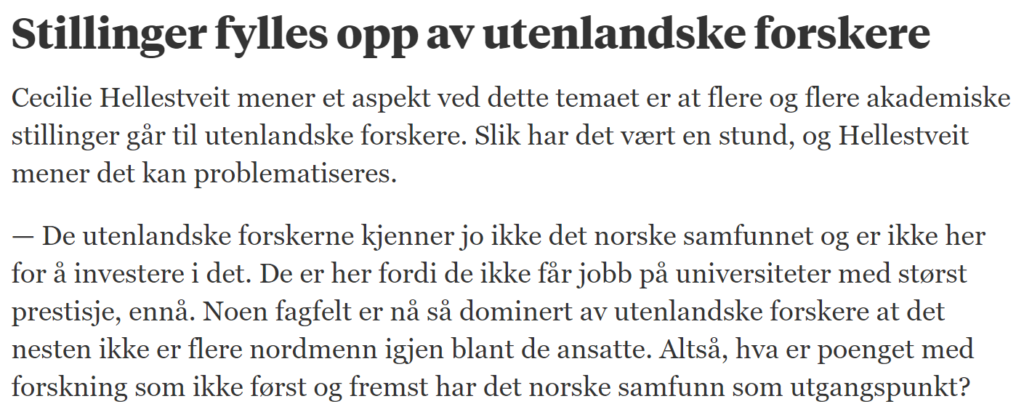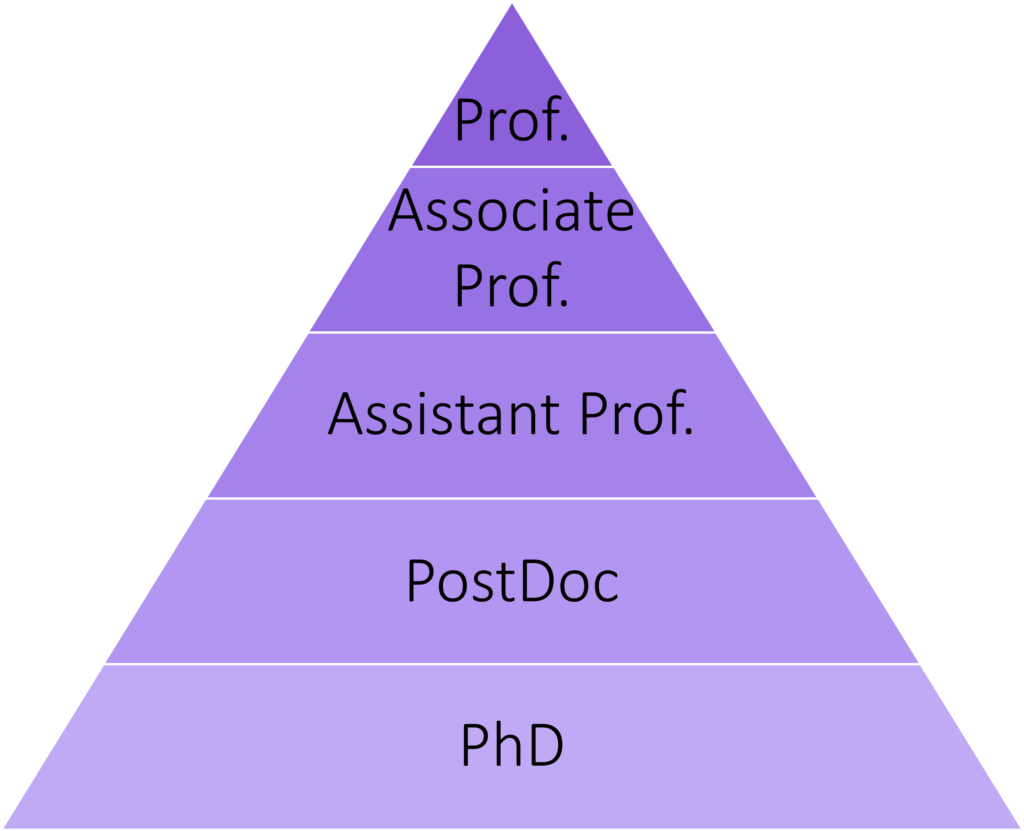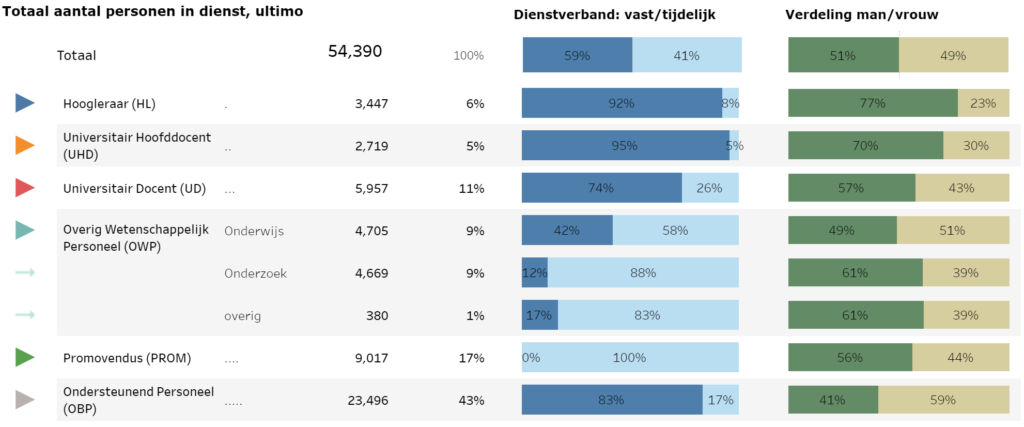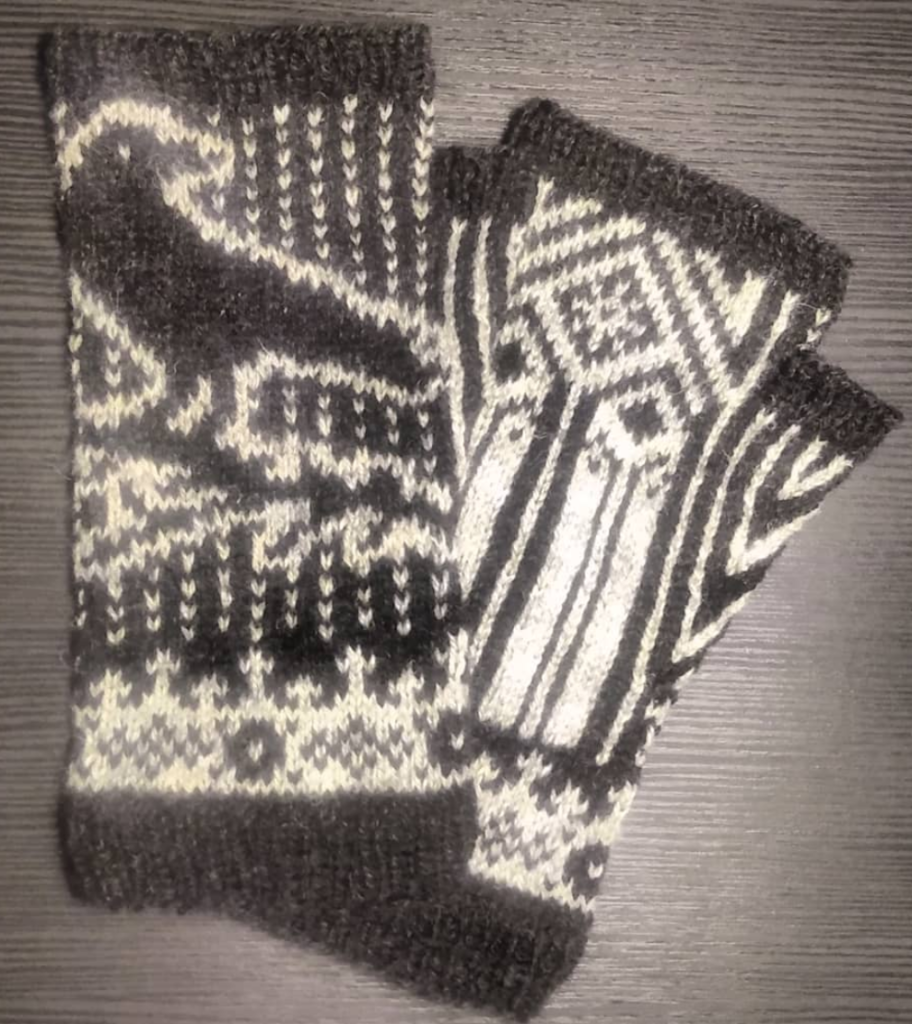In this blog, I want to summarize thoughts I shared at the EuroGraphics conference Diversity Panel this year. Just as a disclaimer, I am by no means an expert in this area and this is purely my personal view on things based on my experiences and those shared by others.
Let me start off with a little origins story in three acts, if you don’t care for lengthy exposition, feel free to skip to the good bits under the named headers below.
Act 1: The first time I heard of a Code of Conduct established for events was probably in the context of video game conventions, like GamesCom and E3, and probably also comic-cons. I thought that this made a lot of sense. You have a situation where there are a bunch of people coming together where there is a highly uneven gender distribution, probably some difficult power dynamics (celebrities and fans), and well booth-babes were still a thing back then. A recipe for disaster which surely needs some sort of rules to make sure everyone can stay safe and issues can be reported and dealt with appropriately as needed.
Act 2: Much later in life, I embark on a PhD in medical visualization (second choice after first dreaming of becoming a game dev, dodged that bullet!) and am attending scientific conferences in the wonderful field of visualization. People are incredibly awesome and I never noticed that these conferences do not all have a similar Code of Conduct established. I guess it is not needed with a community this amazing? Right? RIGHT?
Act 3: Wrong! Now a couple of years into my tenure-track position, I have done a 180 on this topic. By now, I have personally experienced harassment at conferences, heard stories of others with similar experiences, and this is just not acceptable. Guess what? Scientific conferences aren’t all that different from games or comic conventions: all fields have minorities in some sense, be it in terms of gender, sexual orientation, race, or otherwise, and challenging power dynamics. Perhaps the power dynamics are even more challenging, with advisor-student relations in the mix. Not to mention the parties at conferences with copious amounts of alcohol involved. The ingredients for incidents to occur are all there, perhaps minus the booth-babes.
In the past, after experiencing unfortunate events myself, I always thought a mix of: ‘I can handle it – it’s not a big deal – I don’t want to bother anyone or cause trouble – this is probably just how it is – I’m sure things will get better in the future – even if I would like to do something, what should I even do?’ After talking to more senior women in my field, it seems things are not improving on their own given time and we need to take action if we want this to change now and for future generations. This is what drives me to work on this, and I hope it motivates you as well. Scientific conferences absolutely need to establish a Code of Conduct where there aren’t any in place already. End scene.
Why establish a Code of Conduct?
I think no one disagrees that we want our scientific events to be safe for everyone and that harassment in any form is not acceptable. A Code of Conduct can contribute to this in several ways, by signaling what values we find important, providing a reporting mechanism for incidents, and devising strategies for appropriate action when incidents occur. Note that I am not saying if incidents occur, but when. I really think by now we are really being naive if we think our scientific fields are somehow special and no harassment or inappropriate behavior takes place ever. You may not have not experienced or observed such behavior, but that does not mean it does not happen. How could we even know how often this occurs without reporting mechanisms in place? Just watch the documentary ‘Picture a Scientist‘ to get some ideas of the type of stuff going on in academia. Or, you know, just get on Twitter and learn about incidents in your community, like xenophobes receiving career awards or sexual harassers going for tenure after misbehaving at conferences for years. How many incidents are still hidden? How many more need to happen before we make a change?
How to establish a Code of Conduct
This is actually not as hard as it might appear, but requires some action from your side, either as an attendee or organizer:
1. If you are attending an event and you notice there is no Code of Conduct, why not reach out to the general chairs and ask? In my experience, suggesting this for the EG EuroVis conference and the EG VCBM workshop was met with complete support by the general chairs. It could be that the event organizers simply hadn’t considered this aspect as there is a lot on their plate already. To support them in getting this in place, you could look up similar arrangements in other conferences in your field for inspiration (as we were inspired by the excellent set-up at IEEE VIS) or volunteer to contribute yourself.
2. If you are involved in organizing any event at any level, push for getting a Code of Conduct established if there isn’t one already. Best case: you never need it as no incidents ever occurs and your community is unique. More likely case: you have now provided your event attendees a clear path to get help when incidents occur and signal to everyone that harassment and inappropriate behavior is not welcome at this event. Worst case? There is no worst case, you have nothing to lose except potential research talents in your field that leave after incidents happen if you don’t take action. Even if events are rare and this only ends up helping one person, isn’t that already worth it?
Tips
I think there are three essential ingredients in any Code of Conduct: a description of what conduct is not acceptable, a process for reporting incidents, and a description of potential consequences of a breach. Some additional tips:
- One thing I appreciate very much in how IEEE VIS handles reporting is that there are both individuals in our community listed as well as a shared email address, so it is easy to get in touch as an attendee.
- Having a larger organization backing your event can be very helpful in this. For example, in Computer Science, IEEE and ACM already have a Code of Conduct and Ethics established. This makes it easy to escalate incidents to these larger organizations and take advantage of the mechanisms they have in place. However, to keep the reporting threshold low, I still recommend listing people in your community in addition as a first point of contact.
- In order to be effective, the Code of Conduct needs to be visible! Have it added to the registration form with a checkbox and mention it in the conference opening.
- You somehow need to strike a balance to have something that is lightweight and easy to implement, but at the same time thorough enough to have the intended effect.
- Actions should have consequences. This is likely the most tricky to navigate, but what could potential consequences be if people breach the Code of Conduct? Prepare this well so that you are ready to act when the time comes.
Challenges
What constitutes acceptable behavior depends on who you ask and when. It can be challenging to find common values everyone in the community agrees on, but this does not mean it is impossible or should not be at least attempted. We might need help from people with more expertise in this area to do so effectively, regarding ethics, behavior, etc.
In addition, deciding on appropriate responses to a breach in a Code of Conduct can be difficult. If local laws are broken, contacting the police is an obvious step. But what if there is a minor incident? Who investigates the issue and what are the next steps? A warning or exclusion from the event? Exclusion for how long? Who should be reported to? Who has the power to take action? Who keeps institutional memory of incidents? You might need to get legal advice to see what exactly are possible actions for your organization.
Last but not least, it should not be up to ‘the minorities’ alone to fight for a respectful inclusive environment. We would all rather focus on the science than this honestly. Speaking as a person of an under-represented gender in computer science, I am already overloaded on additional service work as is (hiring committee rules established with the best of intentions resulting in me I hiring half the department by now :D). In addition, a Code of Conduct should reflect the views of the community as a whole, not only the minorities.
Summary
If the conferences you attend organize already have a Code of Conduct, great job! If not, here is what you can gain by pushing for this:
- A welcoming environment in which every conference attendee can feel safe, be it in person, hybrid or virtual events.
- A mechanism for reporting incidents in order to make informed decisions on policy and get a better view on issues that need to be addressed in your community
- An opportunity to signal values you consider important as a community
I have many more thoughts on this that I didn’t cover here, but things are getting lengthy and I am getting sleepy, so I will leave it at this for now, potentially editing this at a later point. Normally I would keep this as a draft until then, but I promised some people I would publish this tonight, so here we are 🙂
Acknowledgments
I don’t want to expose anyone in case they would prefer to remain anonymous, but there are some people I would like to name at least as they have spoken publicly about these things before. I would like to thank Céline Loscos, diversity chair at the Eurographics organization for excellent discussions towards establishing a code of conduct and code of ethics at the Eurographics organization level. She headed the diversity panel this year discussing these topics. On the same panel, Elmar Eisemann spoke about the challenges in establishing a code of ethics for paper content. We will continue to work together to improve things at Eurographics. I would also like to thank the general chairs of EG EuroVis and EG VCBM 2021 for their support in this endeavor. Finally, I would like to thank everyone that shared their experiences and advice which helped shape my thoughts





